Alternative HDR Technique: Coming Soon!
I love to make HDR (High Dynamic Range) photographs. If you didn’t catch my earlier post about why I love HDR so much, click here to read HDR Photos: Capturing the Elusive Sweet Dulcinea.
HDR photographs are processed using at least three bracketed exposures of the same shot: one shot for the metered exposure, one for the shadows, and one for the highlights. At times, there can be many more exposures, depending on how much range of contrast is in the scene. I’ve made HDR shots with as many as ten combined exposures in one stop increments. However, it is not always practical to take multiple exposures, or even if it is, the subject may be in motion due to wind or movement of the subject itself.
In these instances, often making an HDR from the bracketed exposures leaves you with ghost artifacts of the moving subjects. Although most HDR software has algorithms to help remove ghosting artifacts, it is not flawless and ghosting can still be a problem with highly moving subjects. Some alternative method is needed to create an HDR in such cases.
In the past, if I wanted to improve the tonal range and contrast of a shot that had a moving subject, I would run the tone mapping process on a single exposure in Photomatix Pro. This program does allow you to open a single image and then apply tone mapping to the shot. I’ve had some decent success with this but nowhere near as much creative control as when I’ve made HDR shots from bracketed exposures.
Luckily, recently a fellow photographer named James Woody, whom I met at last summer’s Colorado Photography Festival, tipped me off to an alternative way to make HDR photographs. James shared with me his method for creating an HDR from a single image, but still using bracketed exposures.
The first attempt I made at using James’ technique was in this shot below of Coney Island Colorado. The flags were blowing so hard in the wind that my bracketed exposures each had the flags in vastly different positions. A traditional HDR created using in-camera bracketed exposures would have been a disaster. Instead I followed the simple technique James shared with me and created this HDR shot, to which I then applied a painterly effect, in order to give this historic landmark a nostalgic and artsy appearance.
Stay tuned within the next couple of days for As Seen by Janine’s first ever guest blogger post from James Woody, who will share a detailed tutorial on his simple but effective alternative HDR technique. James also will present several photos comparing traditional HDR shots with those he created using his alternative HDR method.
More to come!

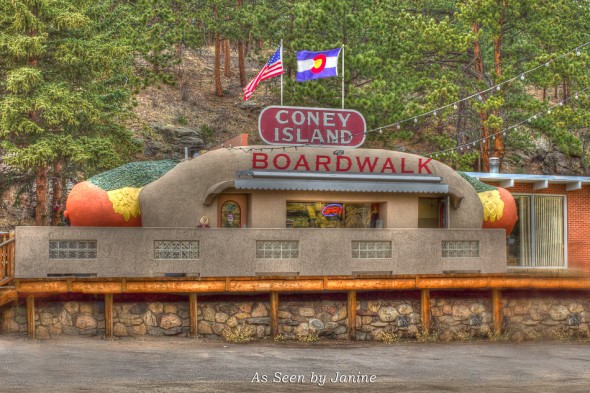





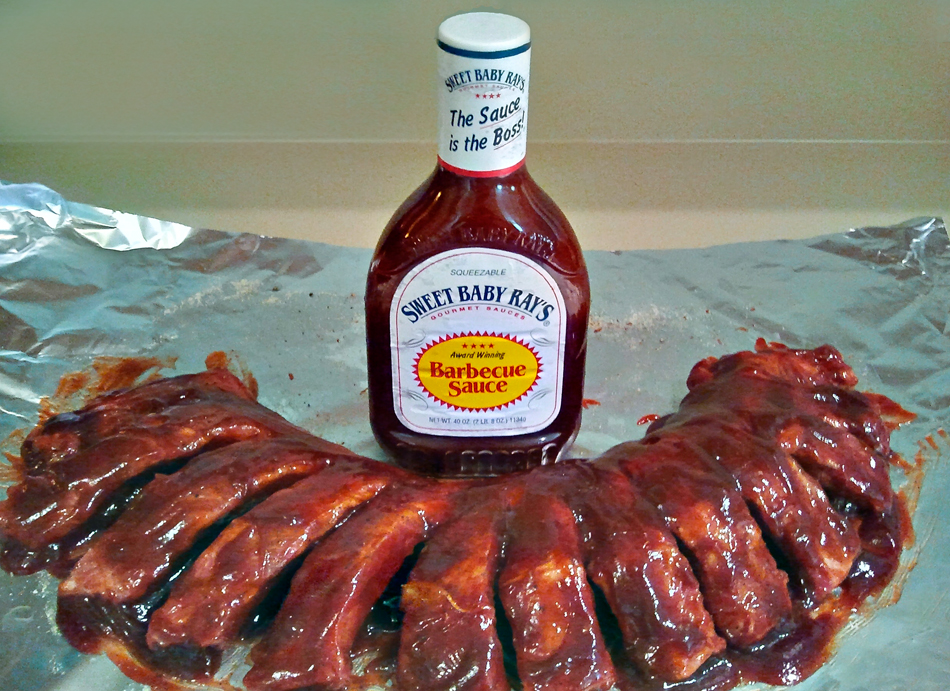

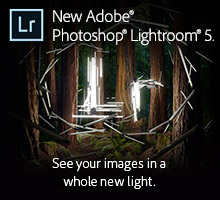


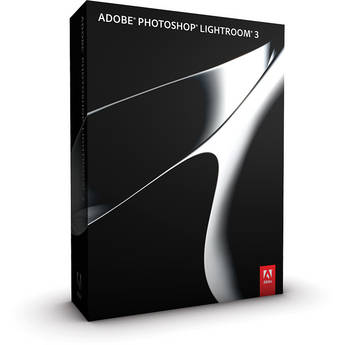

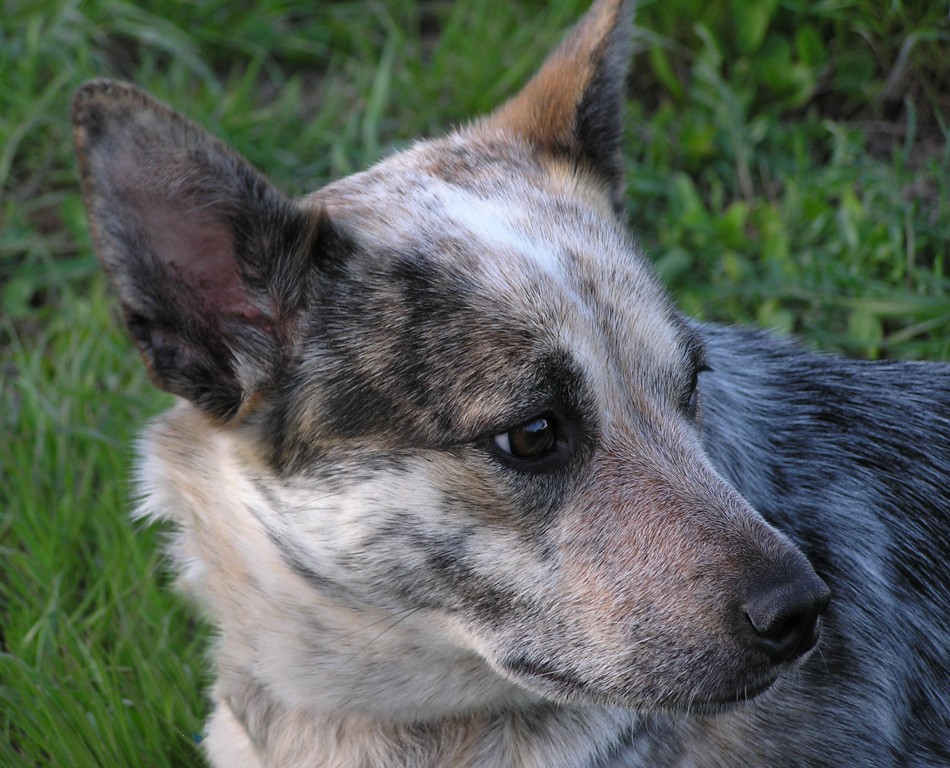





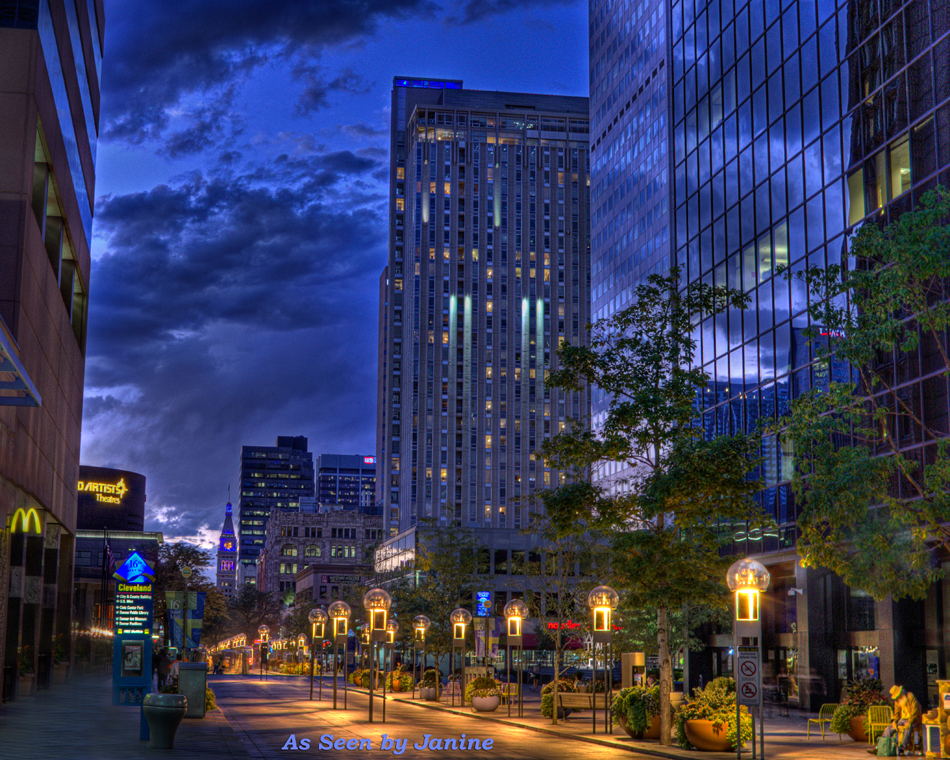
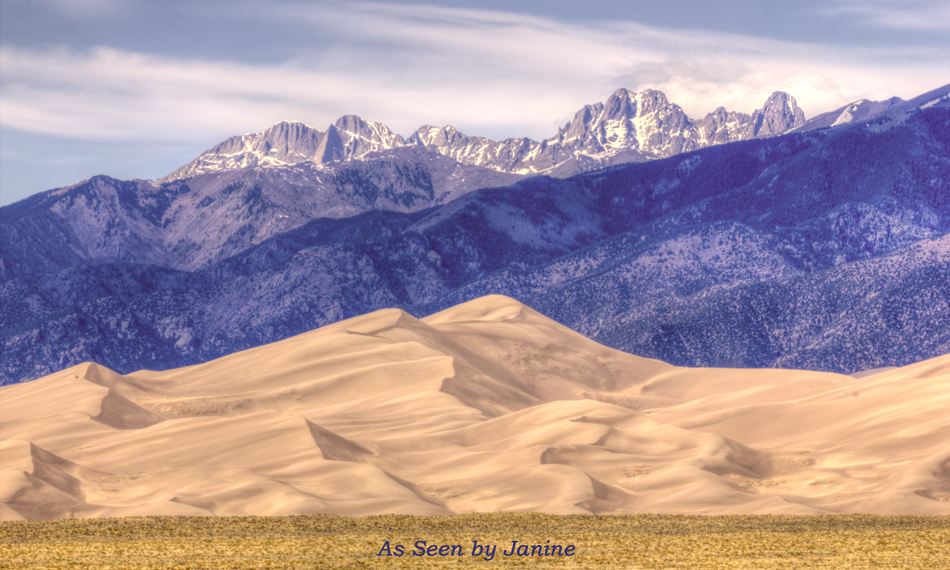

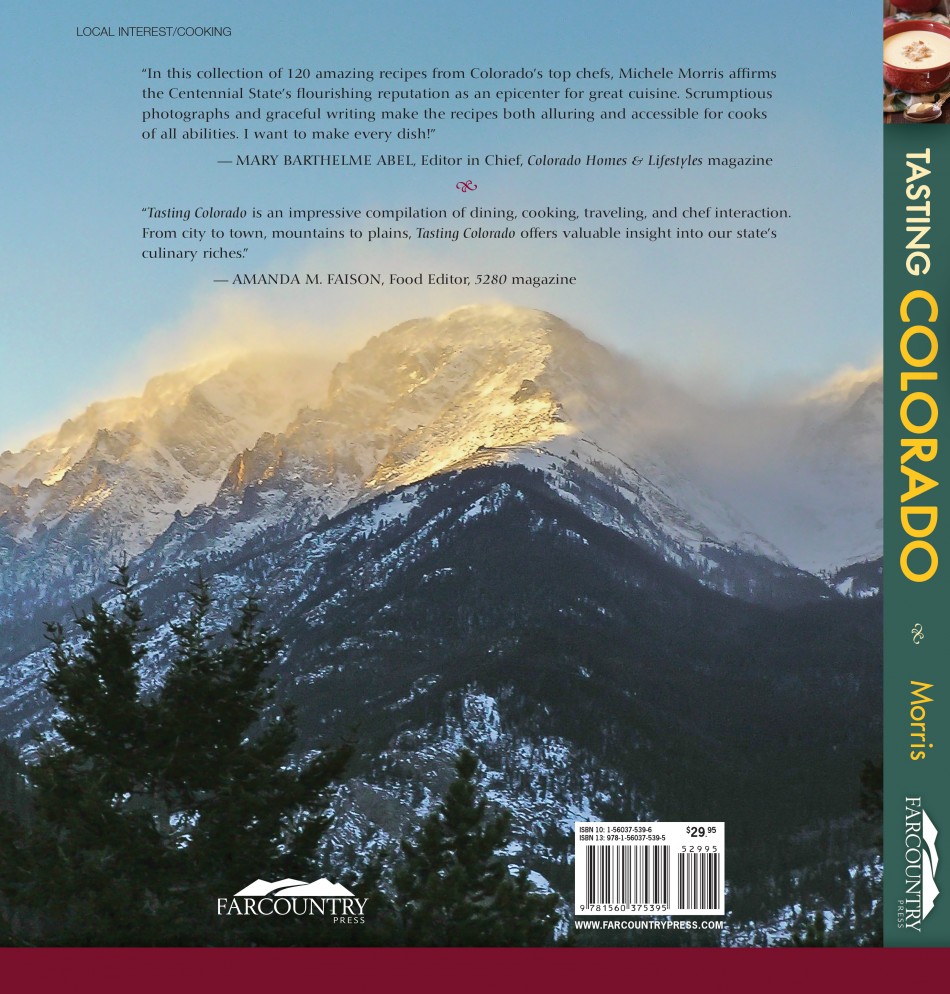
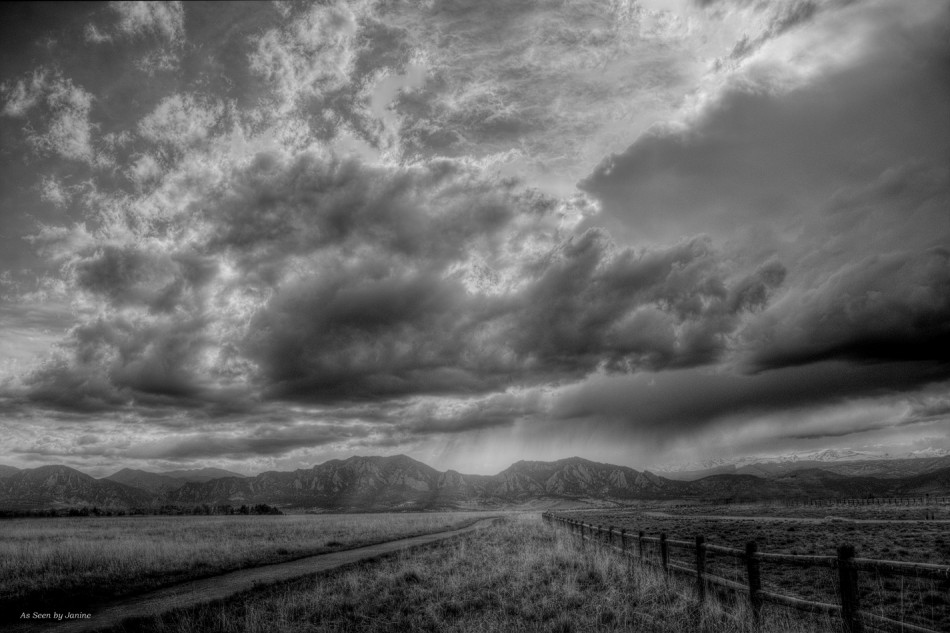
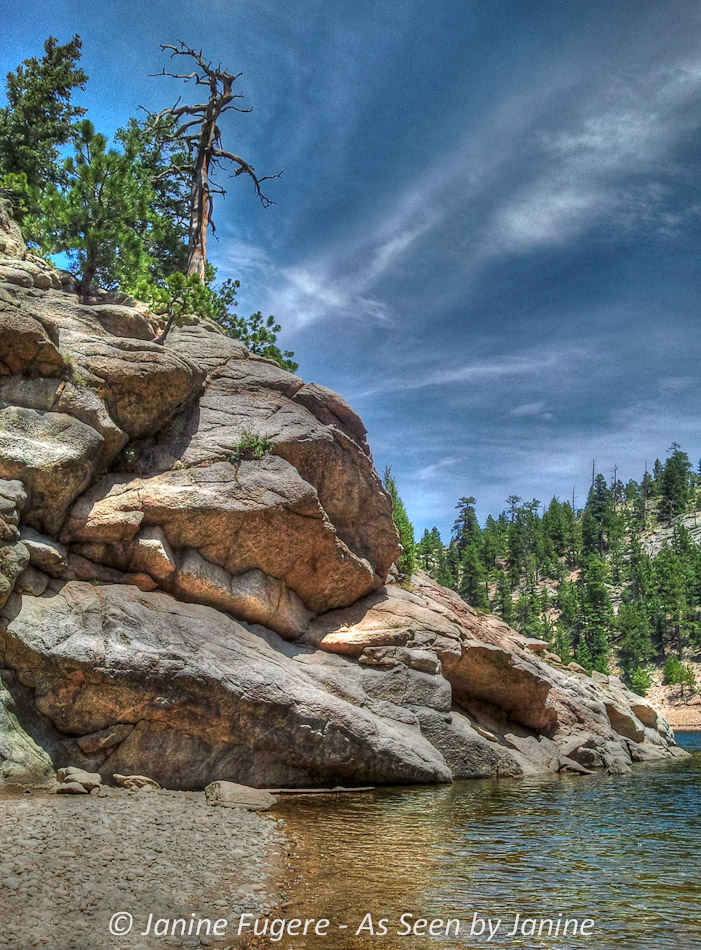
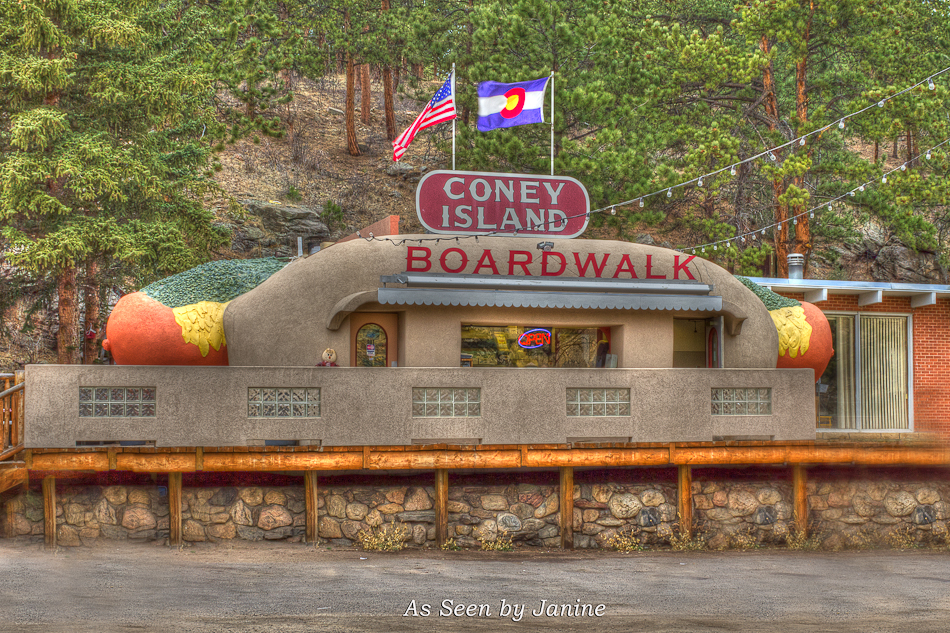




Leave a Reply